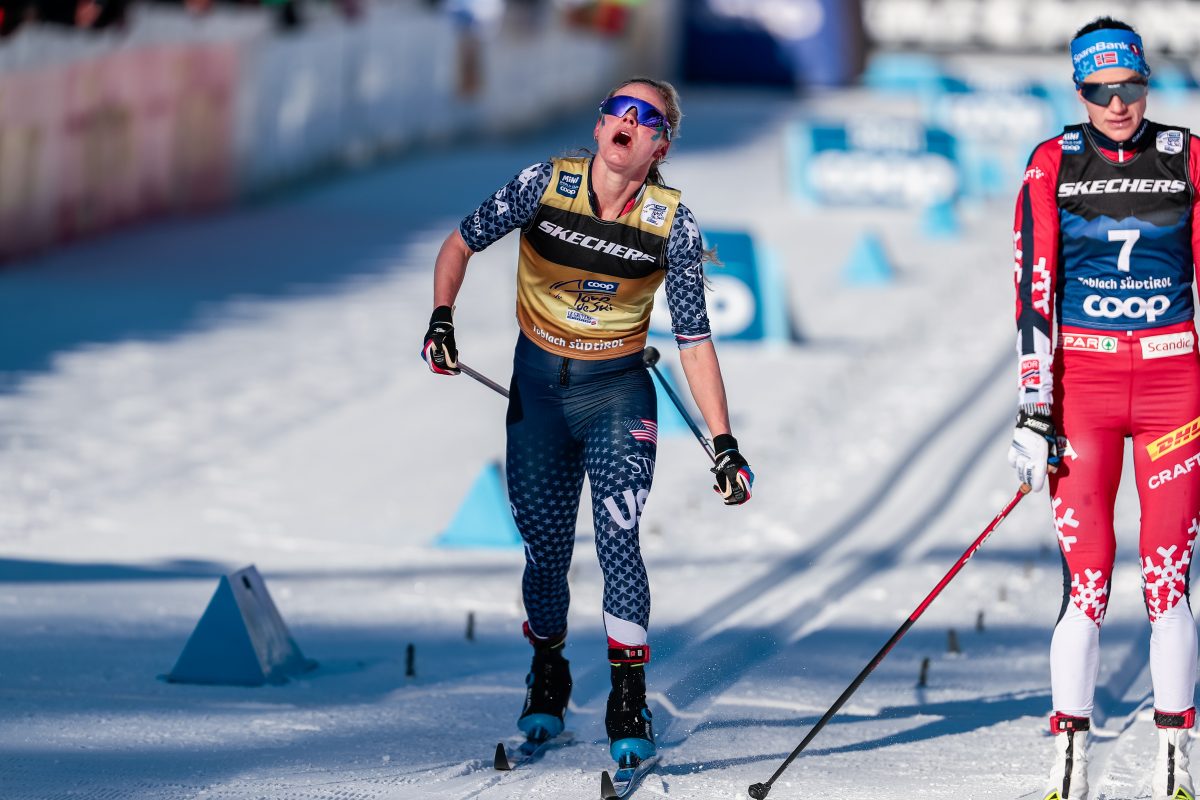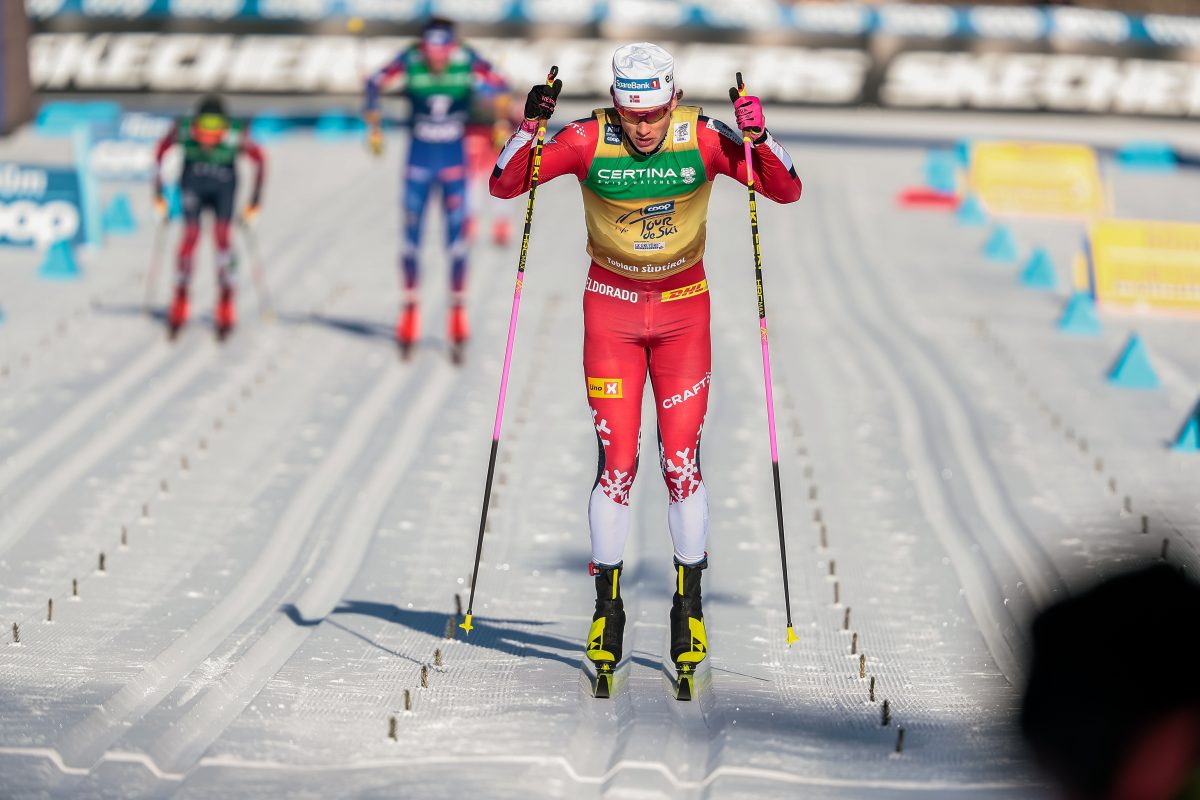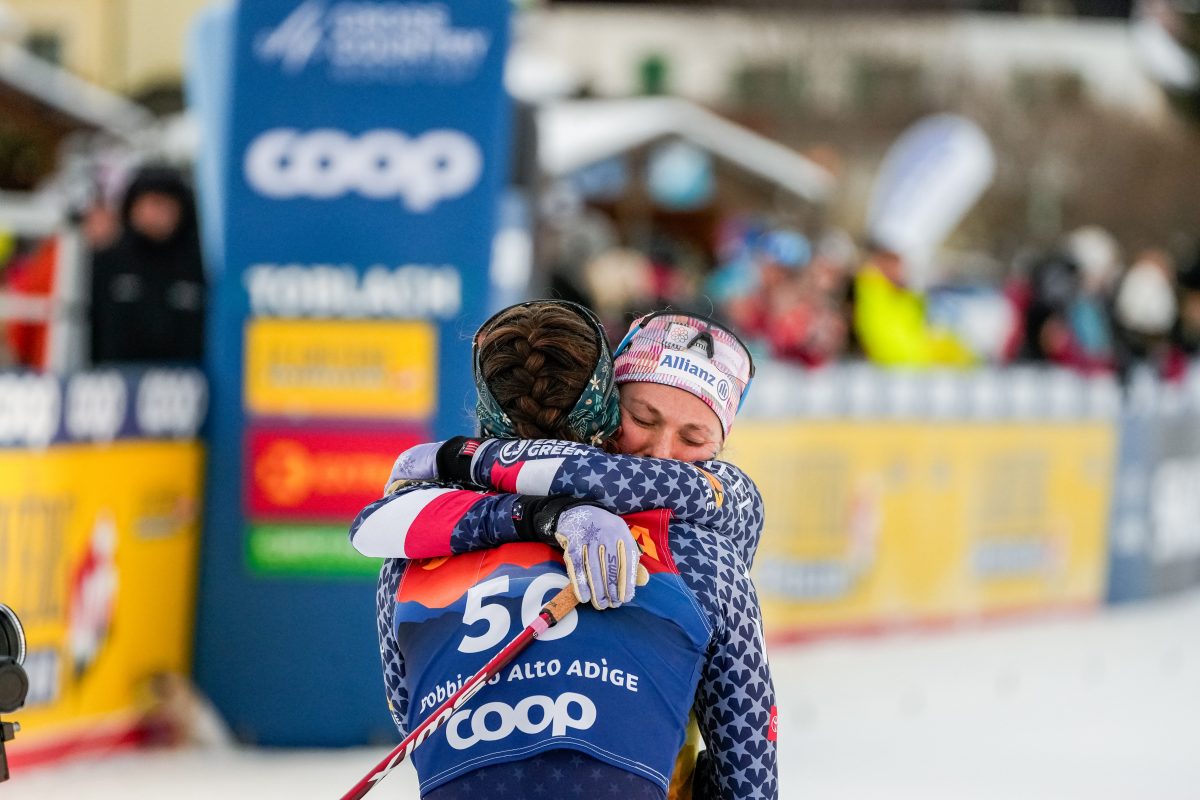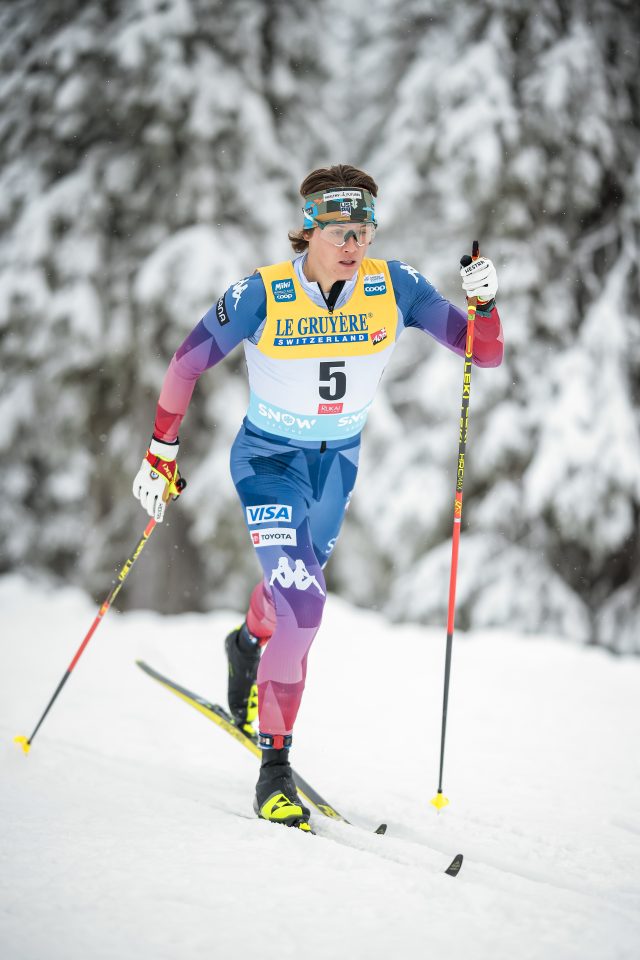
It’s fun to watch athletes who are the best in the world at what they do. Whether it’s Jakob Ingebrigsten floating his way to a sub 3:30 1500m, Jessie Diggins soloing 20km for an Olympic medal, or Jonas Vingegaard riding away from the best cyclists in the world, we can’t help but be captivated by what these superstars are capable of doing.
We hear stories about the grueling work that elite athletes put in day after day, year after year, in order to be able to achieve the accomplishments we get to watch on TV. While it’s undeniable that the world’s elite work incredibly hard and sacrifice a lot to reach the top, sometimes all the hoopla about “the grind” and how hard athletes are training can pull our attention to the wrong aspects of what makes elite training truly “elite.”
Sure, the best are the best because of how hard they work, but there are plenty of people who work just as hard as the best do and never find their way to the top. The difference between the best and the rest is the extremely detailed understanding that the best have about what their training is doing to their body and what training they need to do to meet their goals.
This isn’t a particularly groundbreaking revelation. Anyone who has been around the sports world for a while has heard people talk about “smart training” plenty of times. But what does that really mean? Does smart training mean intensity control? Does it mean methodical training periodization? Does it mean wearing a heart rate monitor and measuring your lactate between every interval? All of these things could be components of intelligent training, but the real answer is even simpler than that.
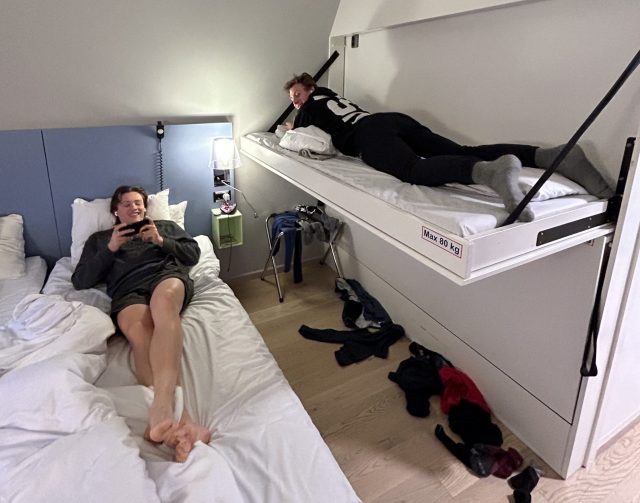
Simply put, training is stress. We’re accustomed to thinking of “stress” as work deadlines, strained relationships, or maybe feelinga of running late. In some ways, training isn’t so different from these other kinds of stress. The difference is that training is specific, targeted stress that we can adapt to and become stronger from (it also usually results from doing something we actually like, i.e. not sitting in traffic).
When we complete a training session, our body is put under stress in order to complete the task we are asking of it. Our bodies respond by saying “Whoa! That was stressful, we need to make some changes so that it isn’t so hard next time we do it.” Specifically, the stress of exercise spurs a lot of signals/hormones within our bodies that basically tell our cells to make some changes so that they are better equipped next time we call on them to train. Much more into the nitty gritty than this, and we get outside my pay grade really quickly; but, very very simply put: you train, your cells get stressed, your cells make the relevant changes so it’s easier next time you train.
Obviously, these adaptations are marginally very small and occur over a long period of time. Everyone knows one training session isn’t enough to get better, but link together a lot of consistent training sessions and we start to see some real changes. This is because by consistently putting our bodies under a MANAGEABLE load of stress, our bodies essentially start to say, “Alright, this is what we do now, so we need to start getting good at it!”
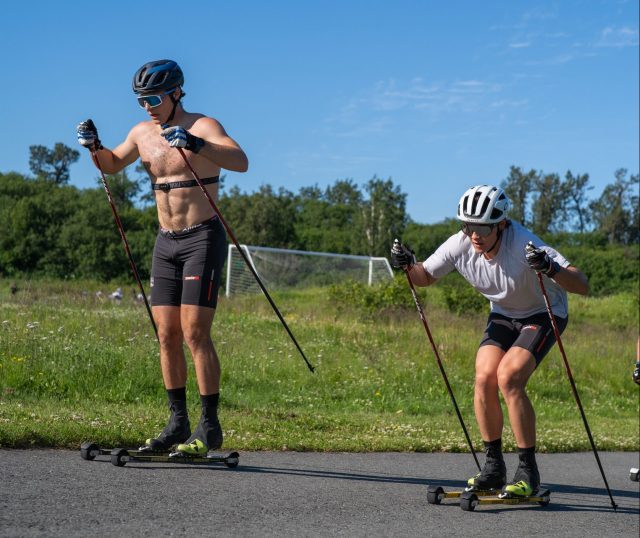
So, what does this mean from a practical training approach? This framework about how training works can be helpful because it reminds us what it is we are actually trying to do. We want to give our bodies targeted, ABSORBABLE amounts of stress leading to adaptations that actually make us better. Practically, this means we must be realistic about what is manageable, and what is absorbable (hint: it’s probably less than you think). Athletes of all levels—especially motivated ones—are very often guilty of biting off far more than their bodies can chew in hopes of getting better. In reality, they are doing themselves a disservice because their bodies can’t adapt to that much stress all at once; it will leave their bodies too tired to complete effective training in the future. Who wins? The person who takes one step every day for a week, or the person who takes four steps one day, one step over the next two days then no steps the rest of the week. Over one week, it’s not a huge difference. But as the weeks start to add up, the difference gets bigger and bigger. This is an oversimplified analogy, but it helps illustrate the point.
Despite what we may have heard from countless sporting figures or our high school cross country running coach, the name of the game is sadly not, “Who wants it the most?” The name of the game may be more aptly titled, “Who has the best understanding of how to use training to stimulate the necessary cellular changes to raise the level of performance?” Although it’s easy to understand why that title hasn’t quite caught on yet.
The best athletes are the best because they have become so good at doing this dance, meaning they view training from a very holistic perspective. To most of the best, riding the line of the least stress for the most adaptation has become so intuitive that many of them probably wouldn’t be able to give much of an explanation beyond ‘it feels right’. This perspective influences the way they complete every training session which gives them the long term, large scale adaptations that make them capable of completing the grueling few minutes we may see on TV.
From the elite perspective that may mean, “I’m gonna finish this hard session with a few reps in the tank so that it’s a manageable load of stress and I can have a good session tomorrow and the next day as well.” To the recreational athlete, this may look like, “I’m always really stressed out and busy on Tuesdays. I’m gonna take that day off from exercising to let my body absorb the stress of that day before I pile on any additional training stress.” This puts their body in a place where it is ready for the stress of training the next day, and can actually absorb it.
Hard work is awesome, and even the most intelligent training programs have days where you have to get out the door and work even when you don’t want to. That being said, your cells might not respond the way you want them to just because you are turning yourself inside out every day in training. If you are willing to do the work required to get better, then be willing to do the work of listening to your body and pushing only when it is telling you it’s ready, and giving it the opportunity to rest when it says it needs that. It’s not always easy to know what exactly it is that your body needs, but trial and error—and sometimes erring on the conservative side—will give you the calibration you need over time to start making the same types of decisions that make the best the best.
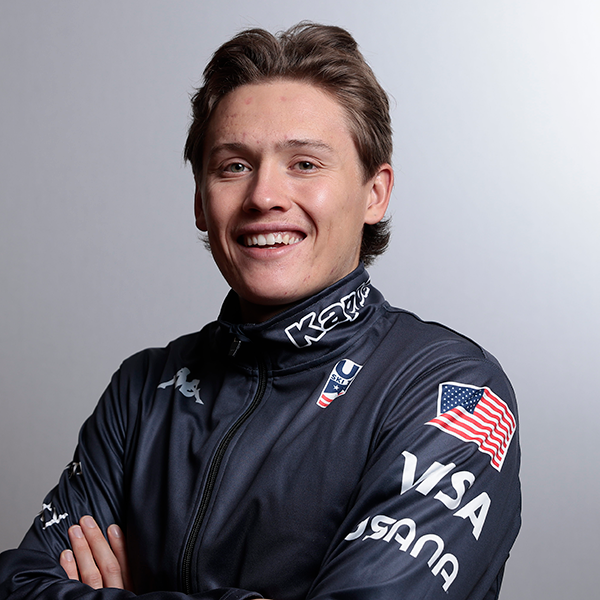
Luke Jager
Luke Jager, a native of Anchorage, is a three time World Junior Championship medalist, a 2022 Olympian and a member of the Stifel U.S. Cross-Country Ski Team. Luke also has a degree in economics from the University of Utah.

